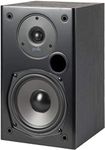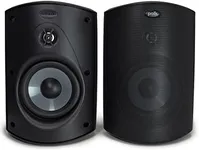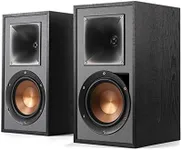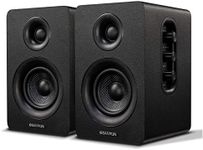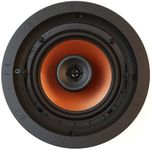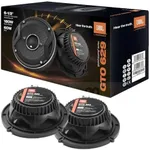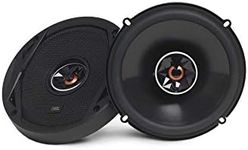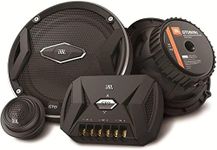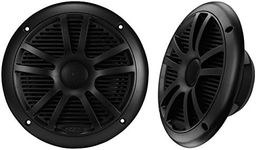Buying Guide for the Best 6 5 Speakers
Choosing the right 6.5-inch speakers for your car or home audio system can make a big difference in your listening experience. The key is to match the speaker's features to your needs, whether you want clear vocals, deep bass, or a balanced sound. Understanding the main specifications will help you make an informed decision and ensure you get the best sound quality for your environment.Power Handling (Wattage)Power handling tells you how much power (in watts) a speaker can handle from an amplifier without being damaged. This is important because if you use a speaker with too little power handling for your system, you risk damaging it. Power handling is usually given as RMS (continuous power) and Peak (maximum short burst). For most users, matching the RMS rating to your amplifier's output is key. Lower wattage speakers (20-50W RMS) are fine for casual listening, while higher wattage (50-100W RMS or more) is better for louder environments or if you like to crank up the volume. Choose based on how loud you want your music and the power of your audio system.
SensitivitySensitivity measures how efficiently a speaker converts power into sound, usually given in decibels (dB). A higher sensitivity rating means the speaker will play louder with less power. Sensitivity ratings typically range from about 85dB to 92dB or higher. If you have a low-powered stereo or factory head unit, look for speakers with higher sensitivity (88dB or above) for better volume and clarity. If you have a powerful amplifier, sensitivity is less critical, but still contributes to overall efficiency.
Frequency ResponseFrequency response tells you the range of sounds the speaker can reproduce, from low bass to high treble, usually shown as two numbers (like 50Hz-20kHz). A wider range means the speaker can play deeper bass and higher treble. For most music, a lower end around 50-60Hz is good for bass, while the upper end (15kHz-20kHz) covers clear highs. If you want more bass, look for a lower starting frequency. If you want crisp vocals and instruments, pay attention to the upper range. Your music taste and whether you use a subwoofer can guide your choice.
Speaker Type (Coaxial vs. Component)6.5-inch speakers come mainly as coaxial (full-range) or component types. Coaxial speakers have all elements (woofer and tweeter) in one unit, making them easy to install and good for general use. Component speakers separate the woofer and tweeter for better sound quality and more installation flexibility, but they require more effort to install. If you want simple installation and decent sound, go with coaxial. If you want the best sound and are willing to put in more work, consider component speakers.
Build MaterialsThe materials used in the speaker's woofer, tweeter, and surround affect sound quality and durability. Woofers made from polypropylene or treated paper are common and offer a good balance of sound and durability. Tweeters can be made from silk (smooth sound) or metal (brighter sound). Rubber surrounds last longer than foam. If you want long-lasting speakers, look for quality materials, especially if they’ll be exposed to heat or moisture. Your preference for sound character (smooth vs. bright) can also guide your choice.
Mounting Depth and SizeMounting depth is how much space the speaker needs behind the mounting surface. This is important because not all cars or enclosures have the same amount of space. Measure your available space before buying. Shallow-mount speakers fit in tighter spaces but may sacrifice some bass. Standard-depth speakers usually offer better sound but need more room. Choose based on your installation location and available space.
